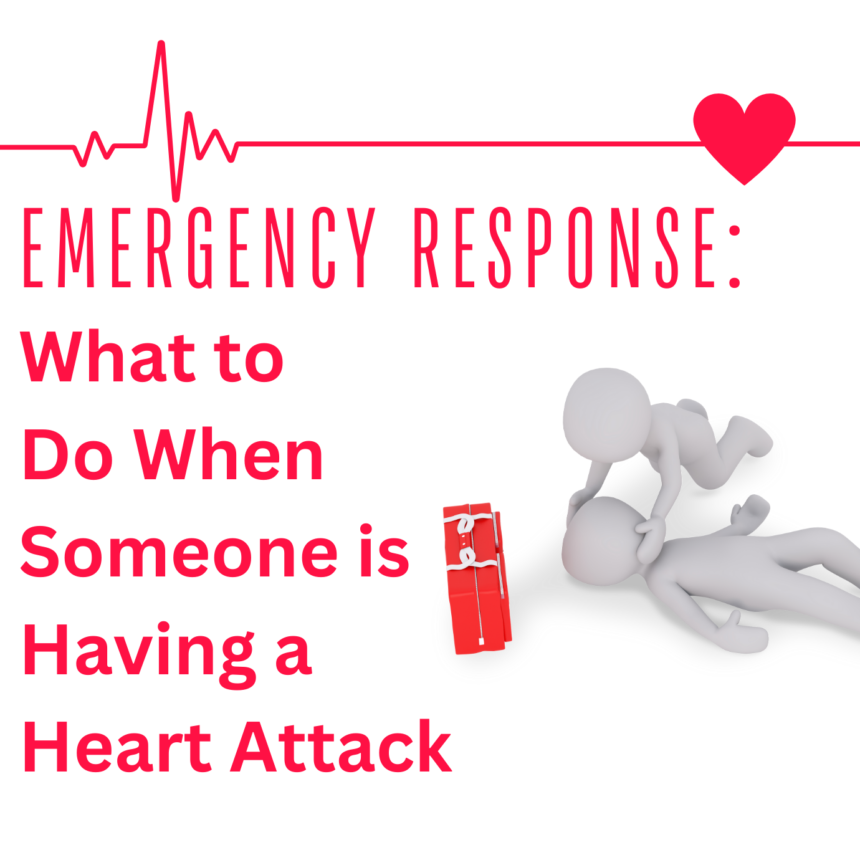A heart attack is a life-threatening medical emergency that requires immediate attention. Knowing how to respond when someone is having a heart attack can make a significant difference in their chances of survival and recovery. In this article, we will outline the essential steps to take when someone is experiencing a heart attack.
- Recognize the Signs: Be familiar with the common symptoms of a heart attack, such as severe chest pain or discomfort, shortness of breath, lightheadedness, nausea, and sweating. Remember that symptoms can vary from person to person, and some individuals may experience atypical or subtle signs. Trust your instincts and take any potential cardiac symptoms seriously.
- Call Emergency Services: If you suspect someone is having a heart attack, immediately call emergency services or the local emergency number. Clearly communicate the situation, provide the location, and follow any instructions given by the operator. Time is of the essence, and professional medical assistance is crucial.
- Stay Calm and Reassure the Person: While waiting for emergency responders to arrive, stay calm and reassure the person experiencing the heart attack. Help them find a comfortable position, ideally sitting up or in a position that eases breathing. Encourage them to take slow, deep breaths to alleviate some of the discomfort.
- Assist with Medications: If the person has prescribed medication for a heart condition, such as nitroglycerin, assist them in taking it as directed. Nitroglycerin is often administered as a tablet or spray under the tongue and helps to relax and widen blood vessels.
- Do Not Delay Medical Help: Under no circumstances should you attempt to drive the person to the hospital yourself. Emergency medical professionals are equipped with the necessary equipment and expertise to provide appropriate care during transport. Waiting for an ambulance ensures prompt and specialized medical attention.
- Perform CPR if Necessary: If the person becomes unresponsive and stops breathing, begin cardiopulmonary resuscitation (CPR) immediately, if you are trained to do so. Push hard and fast in the center of the chest at a rate of about 100 to 120 compressions per minute. If you are unsure how to perform CPR, the emergency operator can guide you through the steps until help arrives.
- Do Not Offer Food or Drink: Refrain from offering the person food or drink, as they may have difficulty swallowing or be at risk of choking. It is important to keep the person as comfortable as possible without introducing additional complications. Remember, every minute counts during a heart attack. Providing immediate assistance and calling for professional medical help can significantly improve the person’s chances of survival and minimize potential damage to the heart. Taking a CPR course can also be invaluable in emergency situations and empower you to potentially save a life. While waiting for emergency responders, focus on offering reassurance and support to the person experiencing the heart attack. Stay by their side and provide comfort until medical professionals arrive to take over. By being prepared and knowing how to respond, you can make a difference when it matters most.
